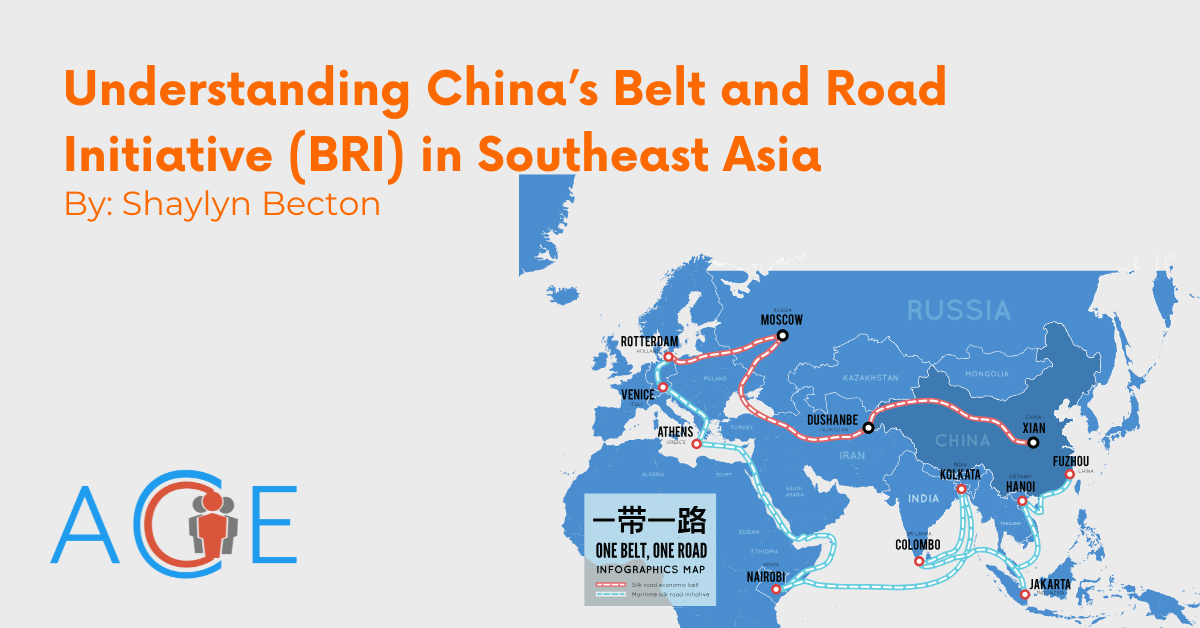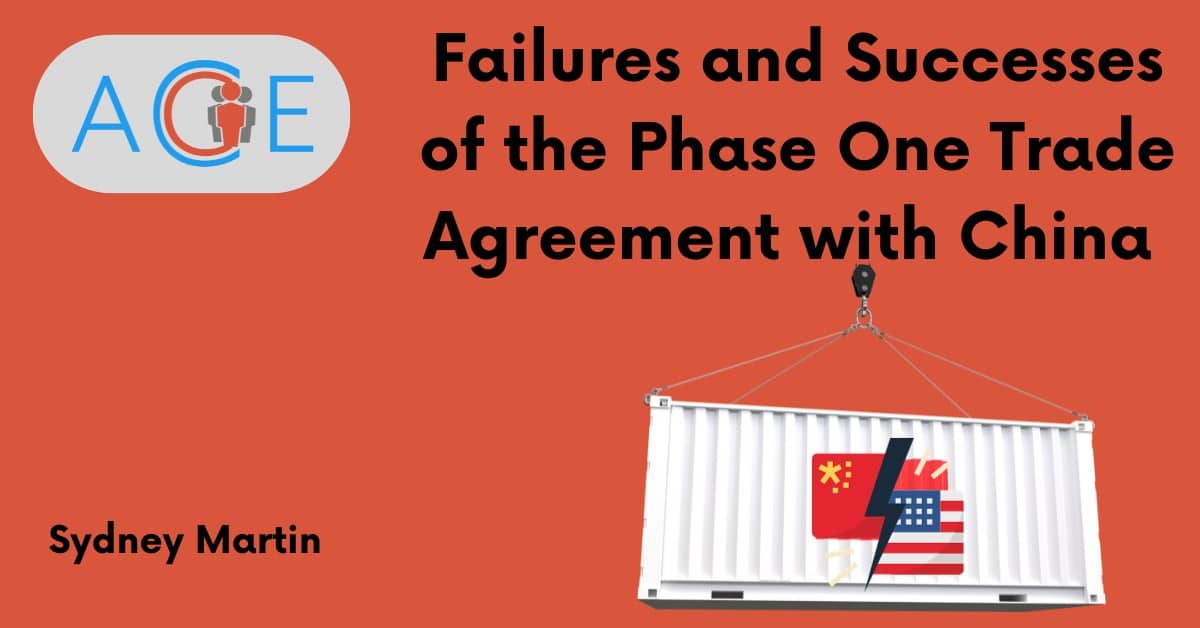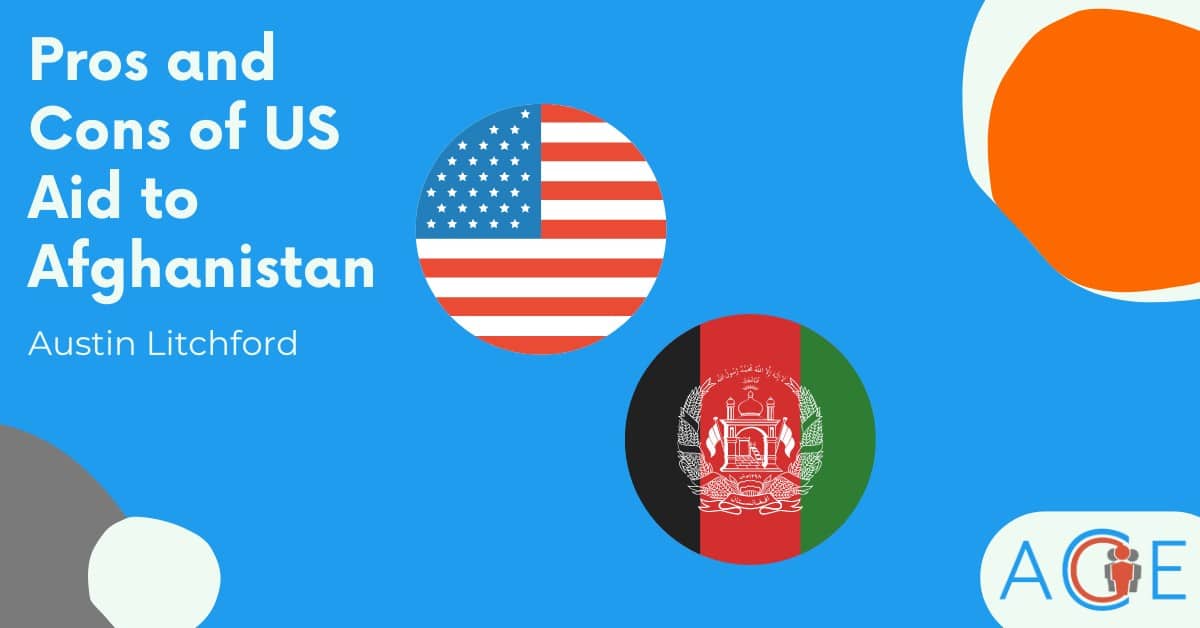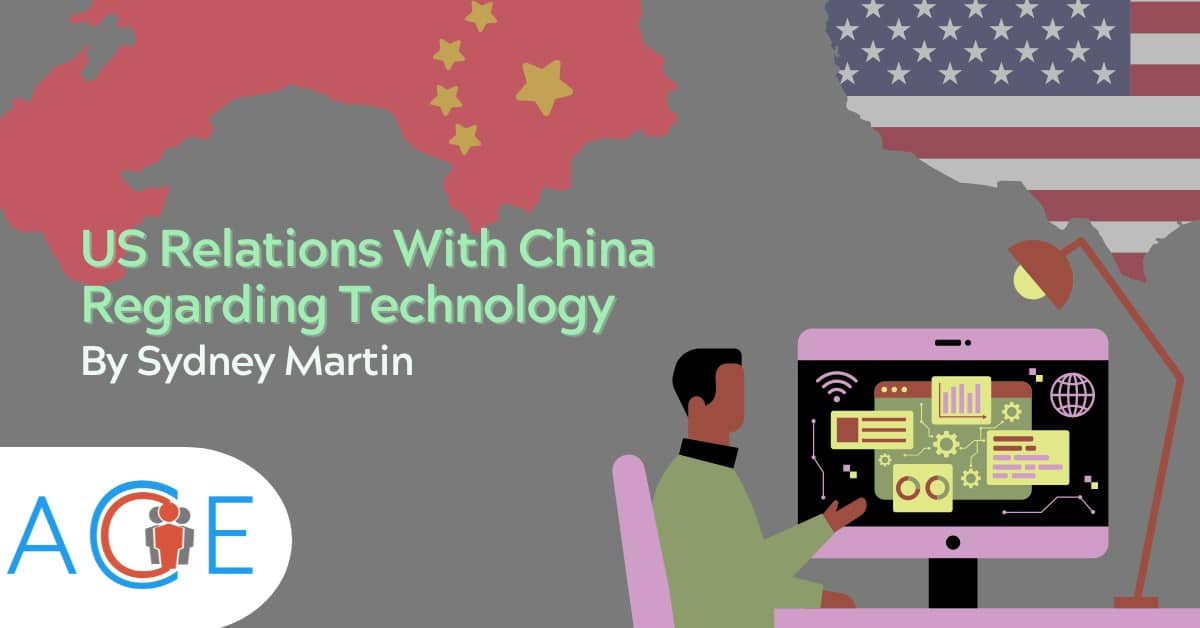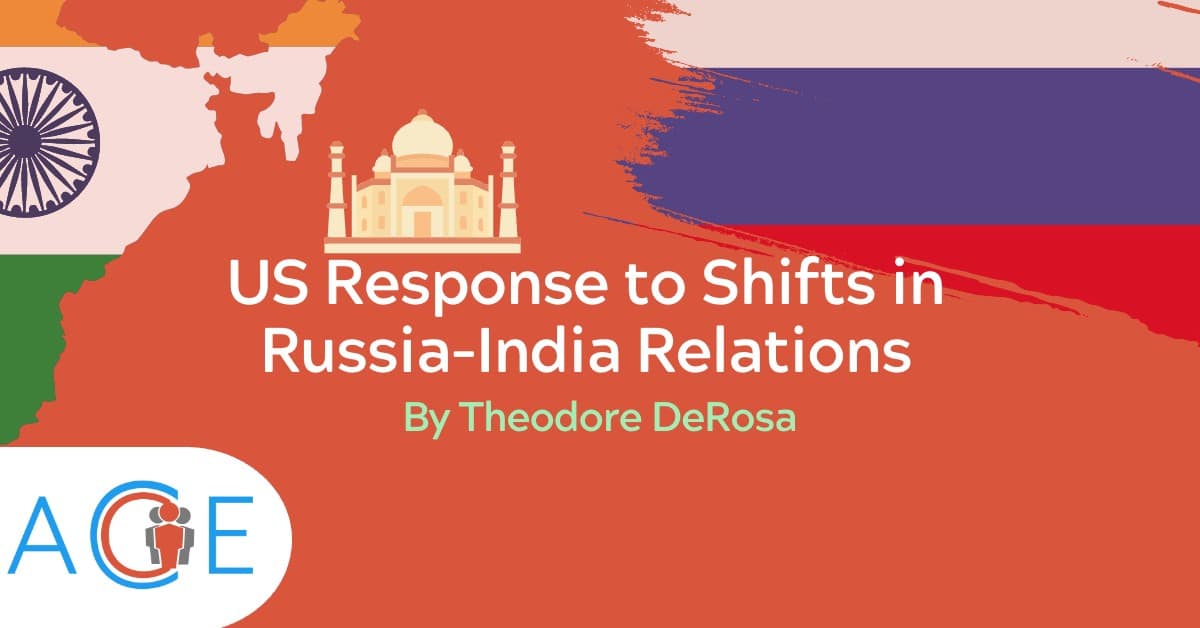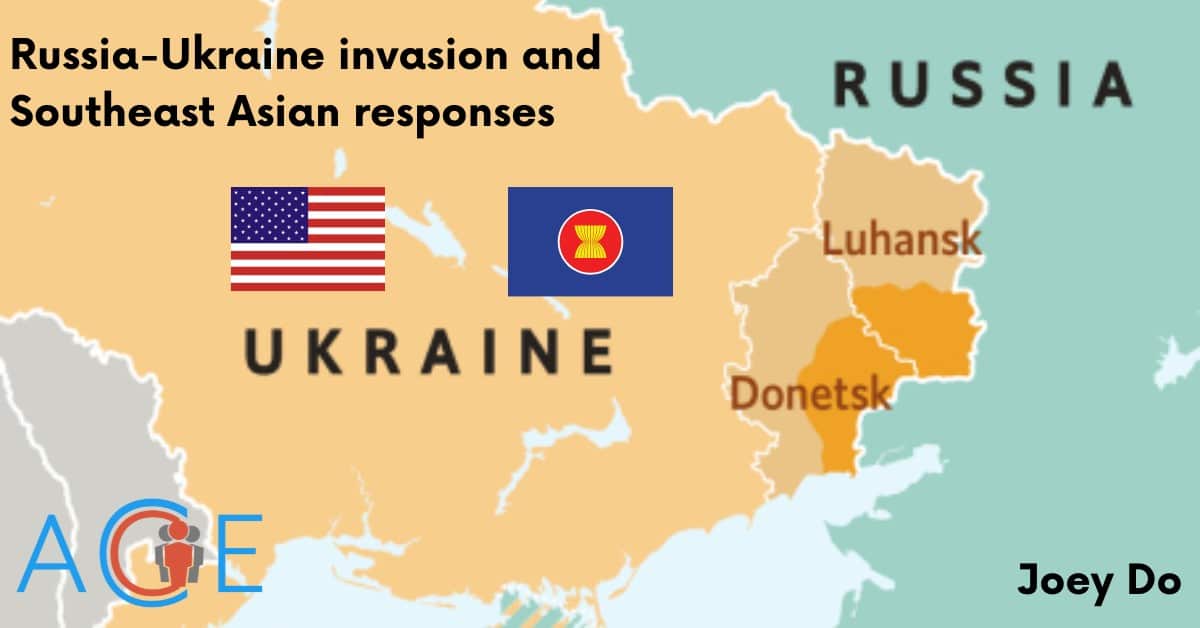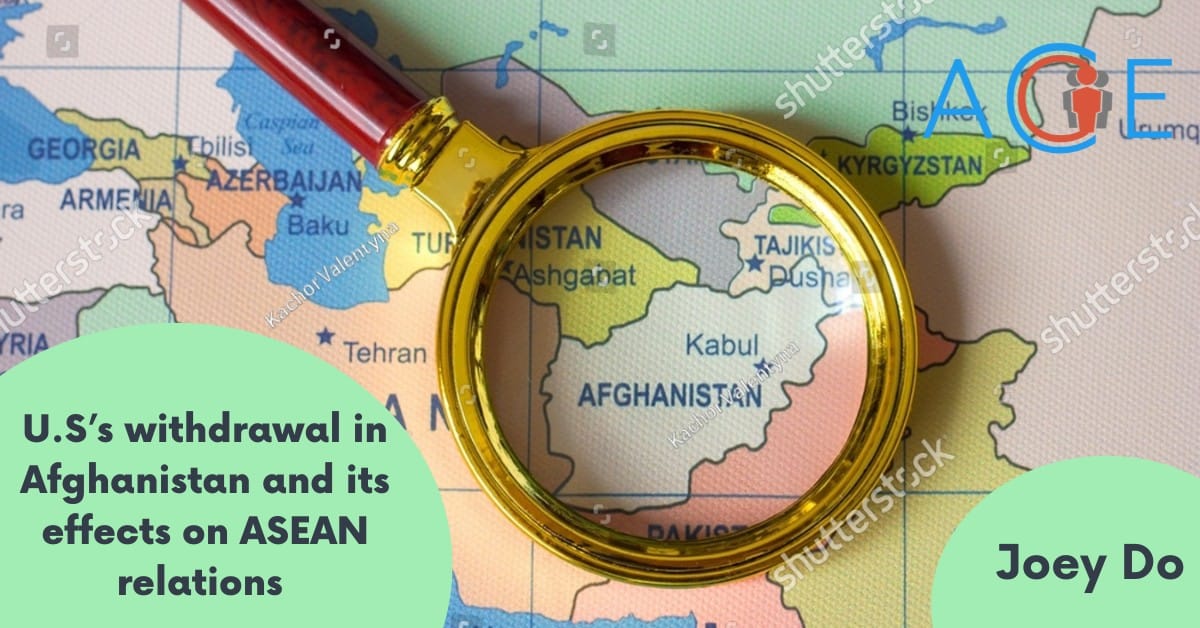India is at a crossroads between its historical relationship with Russia and its growing relationship with the United States. Shifts in the global security order, including Russia’s invasion of Ukraine, the strengthening bond between Russia and China, and India’s cooperation with the U.S. on trade, technology, and security, are changing the dynamics of these relationships. India’s unique position gives the U.S. options in its approach to the Russia-Ukraine conflict and the trajectory of Indo-Pacific affairs.
India-Russia Relations
During the Cold War, India and Russia pursued mutually beneficial ties built upon three pillars: arms sales, a preference for the role of the public sector in the economy and the role of Soviet foreign aid towards India, and countering the alignment between the U.S., Pakistan, and China. The enduring aspect of this historical relationship that remains crucial in Russia-India relations today is the sale of arms. Russia continues to be India’s primary source for arms imports, while the other two factors have lost their significance in the post-Cold War era.
Another key component of the two countries’ economic relationship is oil. More than a third of India’s oil comes from Russia, and this share has increased in the past year. Additionally, starting from April 2023, India has initiated trade talks with Russia, aiming to broaden their economic cooperation beyond defense and oil sectors.
However, certain geopolitical trends may compel India to reevaluate the nature of its relationship with Russia. Russia increasingly looks to China as its top strategic partner against the West and is seeking opportunities to grow closer to Pakistan on economic and security issues. India has a history of conflict with both neighboring countries, and current tensions persist. As Russia strengthens its ties with these nations, India might consider seeking alliances with other partners.
Despite these shifts, India’s relationship with Russia remains strong due to its dependence on arms sales, which would take time to diminish, and an oil trade that India finds advantageous due to Russia’s competitive prices. Russia also continues to place importance on this partnership, considering bilateral collaboration with India and participation in institutions like the SCO and BRICS as integral to its broader Eurasian strategy.
The Impact of the Ukraine War
Though India has not taken the same punitive measures toward Russia that the West has, it has not expressed support for Russia’s invasion either. At a summit for the Shanghai Cooperation Organization last year, India’s Prime Minister Modi spoke openly to President Putin, urging him to rely on diplomacy rather than war to resolve the conflict. Modi’s comments, though not a condemnation of the war, indicate a growing frustration with the strain it has caused around the world.
In the midst of the war, India’s economic ties with Russia persist. While the West sought to economically isolate Russia at the outset of the war, India’s imports from Russia grew substantially with Russia’s share of India’s oil imports increasing from 1% to 18% in the hundred days after the invasion started.
At the same time, the war has strained Russia’s arms trade with India. Russia’s struggles in Ukraine have forced it to delay shipments and suspend contracts with India as it seeks to cover its losses in Ukraine. India has expressed worries about the dependability of the Russian weapons it uses, and the Russian military’s issues in Ukraine only make these concerns worse. India started gradually diversifying its defense exports before the war, and the war could potentially encourage it to expedite this process.
The Role of the U.S.
While India has maintained some elements of its historical relationship with Russia, it has also strengthened ties with the U.S. As security issues in the Indo-Pacific, including the rise of China, become a priority in U.S. foreign policy, the U.S. and India both seek to develop a stronger partnership. Along with Japan, Australia, and the U.S., India is a member of the Quad, a pact through which these four countries engage in dialogue regarding security concerns in the Indo-Pacific. Though not a formal alliance, the Quad expresses a vision for a rules-based order in the region. Additionally, the formation of AUKUS, a security pact among Australia, the U.K., and the U.S., underscores the U.S.’s heightened attention to the Indo-Pacific region and its alignment with India on key concerns, although India is not included in the pact. The Russian Defense Minister has criticized both initiatives as measures to “contain” Russia’s partner, China.
These expanding security connections are evident in the enhanced military collaboration between the two nations. A recent instance is the joint military drill conducted by the U.S. and India near India’s disputed border with China. Should India’s rapport with Russia encounter challenges, and considering Russia’s strong alliance with China, alongside India and the U.S.’s shared focus on China, this cooperation indicates that the U.S. could potentially serve as a security ally that India can rely on.
In turn, as China continues to pursue its ambitions in the Indo-Pacific and seeks to overtake the U.S.-led order through its Global Security Initiative, the partnership between the U.S. and India—including military cooperation—could provide an alternative for the region.
The opportunities for cooperation between the U.S. and India extend to the economic sphere as well. The bilateral initiative on Critical and Emerging Technology (iCET) between the two countries aims to strengthen cooperation on technological innovation, defense industry, space, and education. The U.S. and India are also pursuing trade ties separate from the iCET arrangement.
However, India and the U.S. are still at odds over India’s arms trade with Russia. India’s decision to purchase S-400 missile systems from Russia could leave the nation open to CAATSA sanctions from the U.S. Although Congress granted authority to the President to waive these sanctions, it is not yet clear whether he will do so.
Obstacles to U.S.-India Ties
India’s unique position between the U.S. and Russia is consistent with its historical preference for non-aligned foreign policy. Dating back to the Cold War, India pursues an independent foreign policy, establishing ties based on maximizing autonomy and protecting strategic interests, and is wary of permanent alliances based on shared ideological values. This allows India to maintain ties with both Russia and the U.S. when the interests of each nation seem contradictory. This could mean that India will be hesitant to sever ties with Russia as long as it deems the arms trade and economic relationship beneficial.
Despite India’s concerns about the quality of Russian systems, the majority of its arms imports come from Russia. This is partly because Russia provides favorable terms that support India’s defense industry growth, and moving away from this reliance would be a lengthy process.
In addition to possibly subjecting India to U.S. sanctions, India’s purchase of S-400 systems from Russia poses an obstacle to increasing military cooperation between the U.S. and India. U.S. officials are concerned that through the S-400, Russia could breach U.S. systems and collect intelligence on the U.S and other allies.
For some U.S., policymakers, further alignment with India is not viewed in a positive light. Though India is a democracy, Prime Minister Modi often faces criticism for human rights abuses in the country. Among the reported abuses monitored by the U.S. State Department are suppression of the freedom of the press through arrests of journalists, mistreatment of prisoners (including torture), and policies discriminating against religious minorities. This could lead to hesitancy to strengthen ties with India and compel foreign policy leaders in the U.S. to make requests for reform.
Future Options
As the war in Ukraine forces Russia to halt some of its arms sales to India, the U.S. has an opportunity to sell more defense systems to India to fill the void. This would decrease India’s reliance on Russian arms sales while strengthening ties with the U.S. During his visit to Washington, D.C. in June 2023, Modi emphasized the significance of defense cooperation and innovation U.S.-India relations. He mentioned the idea of uniting the defense industries of both nations. However, the challenge lies in the time required for this initiative. Despite India’s efforts to expand its defense suppliers, it is improbable to completely sever its arms trade with Russia, given its reliance on Russian systems.
On the issue of the war in Ukraine, U.S. officials have expressed hope that India could use its unique relationship with Russia to pursue a resolution to the conflict. With the U.S. supporting Ukraine and India’s ties with both Russia and the U.S., India is in a position to attempt to negotiate peace between the two sides, and it would be consistent with a non-aligned foreign policy. In the press conference with President Biden, Modi reiterated support for diplomacy as the means to resolve the conflict. If the U.S. is open to the idea and India is willing to undertake the task, this could be an opportunity to resolve the war and strengthen relations. However, Putin seems reluctant to pursue peace, so it is unclear what it would take to bring Russia to the table in this situation.
Although India is unlikely to abandon its relationship with Russia, there remain other opportunities for cooperation between the U.S. and India. Tensions with Russia do not necessarily need to be an obstacle to cooperation on trade and technology between the U.S. and India. President Biden elaborated on the importance of trade, technology, and education between the two countries during Modi’s visit. Beyond Russia, there are also other security concerns, such as China, that are of interest to both the U.S. and India in the Indo-Pacific, and will likely lead the countries to continue to cooperate even while India’s relationship with Russia persists.
